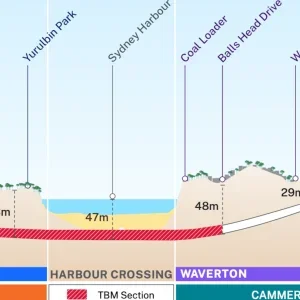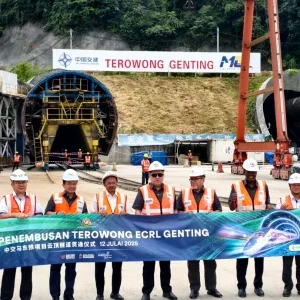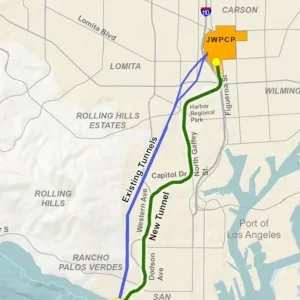https://goo.gl/forms/TRWl49ma6V3PJ8a33
The code is put together by the International Tunnelling Insurance Group (ITIG), which comprises representatives from insurance companies, the tunnelling industry and other industry bodies including the International Tunnelling Association (ITA), British Tunnelling Society (BTS) and International Association of Engineering Insurers (IMIA). The group meets as a critical conduit for knowledge sharing between tunnelling and insurance industries and to discuss best practice in the risk management of underground infrastructure projects.
In 2003, in response to a series of significant tunnelling incidents and losses, a group representing both the Association of British Insurers (ABI) and the BTS released “The Joint Code of Practice for Risk Management of Tunnel Works in the UK” which became known as the Joint Code of Practice (JCOP). This group was effectively the fore-runner to ITIG which, when formed after release of the JCOP, oversaw the launch of “A Code of Practice for Risk Management of Tunnel Works” colloquially known as the international Tunnel Code of Practice (TCOP). The TCOP was first launched in 2006 and then subsequently released as a 2nd Edition in 2012 incorporating official acknowledgement by both the ITA and IMIA.
The stated objective of the Code(s) is “…to promote and secure best practice for the minimisation and management of risks associated with the design and construction of tunnels, caverns, shafts and associated underground structures…”. It is intended as a project management tool to promote best practice in risk management and reduce the occurrence of accidents. It has been the inspiration behind the approach to risk management on numerous underground projects around the world, whether formally in contract documentation or as a benchmark reference document.
With nearly 15 years of experience since the first publication of the JCOP, the ITIG has been re-energised with the aim of reviewing the penetration and effectiveness of the Code(s) around the world. The scope of the review includes i) the experience of tunnelling projects before and after the release of the Code and with and without ‘application’ of the Code, ii) regional variations in the application of risk management methods and iii) other developments in risk management (including health & safety and environmental standards and legislation) practices and how they may have impacted the environment in which tunnelling projects have been delivered.
To assist in this process ITIG has released the above survey seeking feedback on the application and experience of the Code (or other risk management approaches). This will be targeted at all relevant parties (insurers, contractors, designers and clients) with the support of the relevant professional bodies (BTS, IMIA and ITA).
Once the responses to the survey have been reviewed, the ITIG will consider whether any revisions to the Code are required or appropriate. Preliminary areas for consideration include separating the principle of the Code from the detail, adding a section on Instrumentation and Monitoring, recognising the role of BIM and more closely aligning the Code with other recognised risk standards (e.g. ISO 31000).







